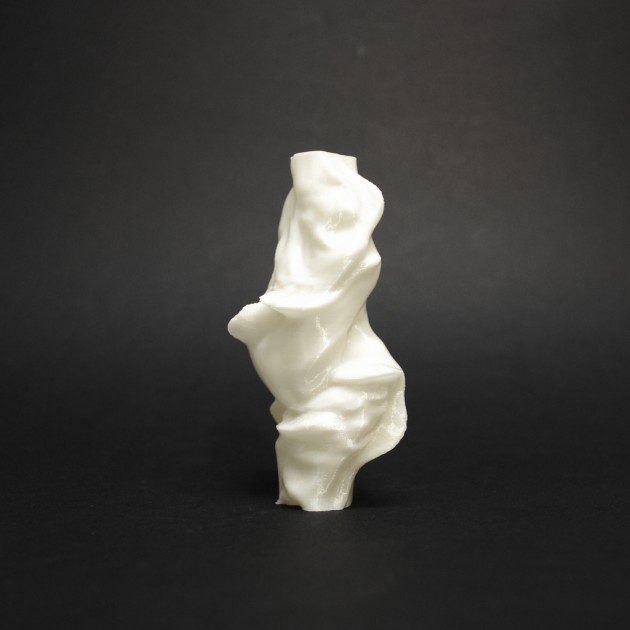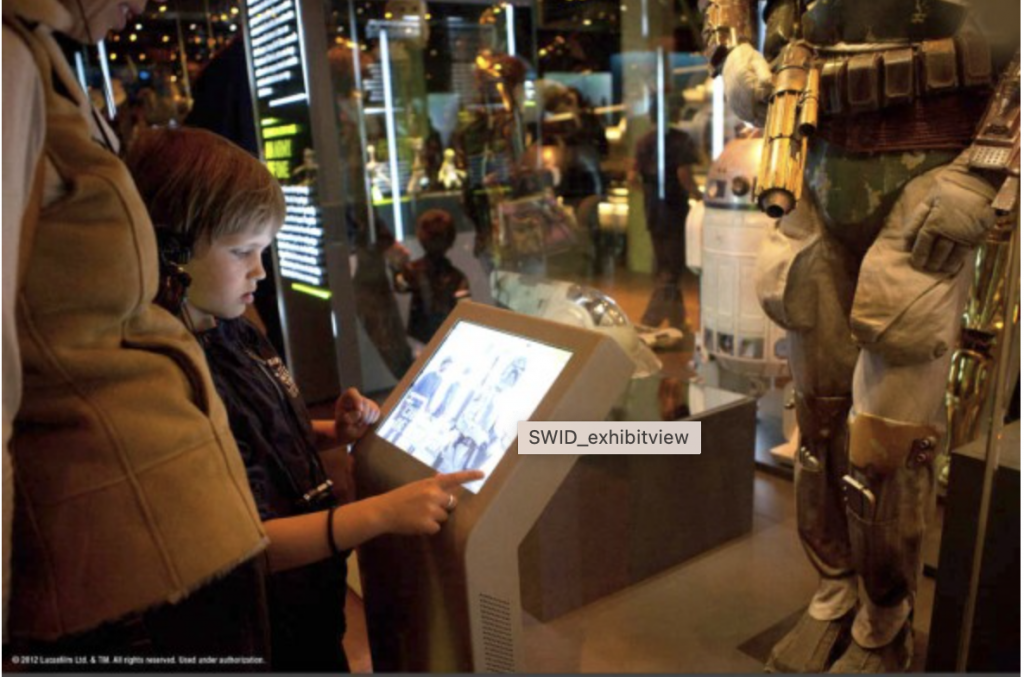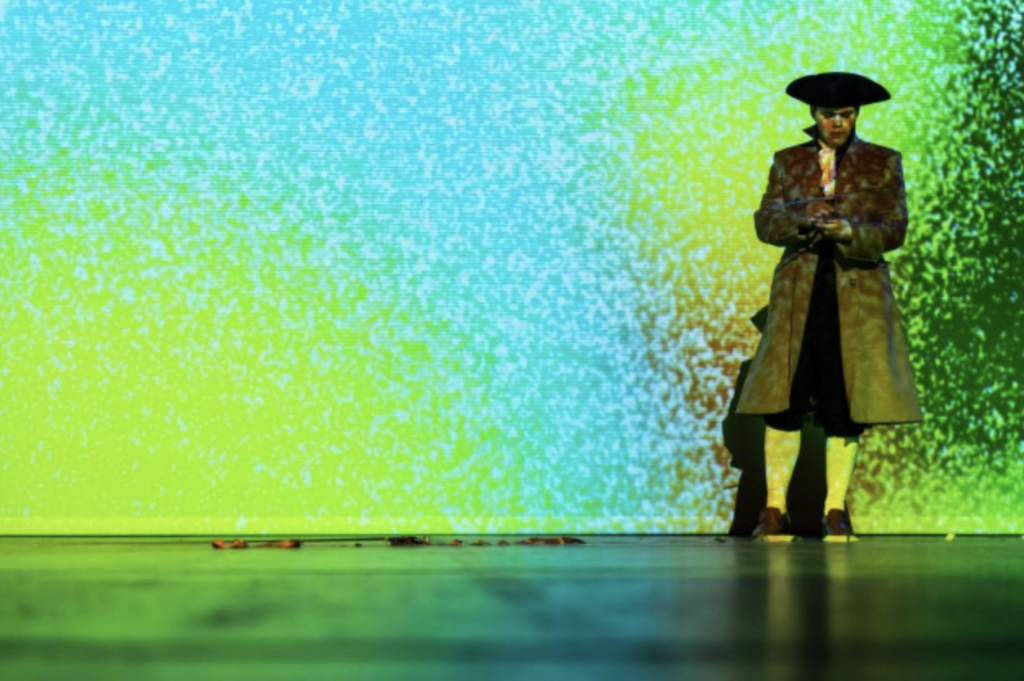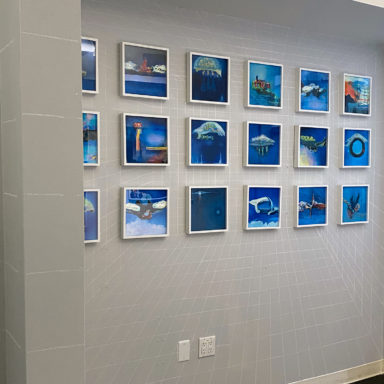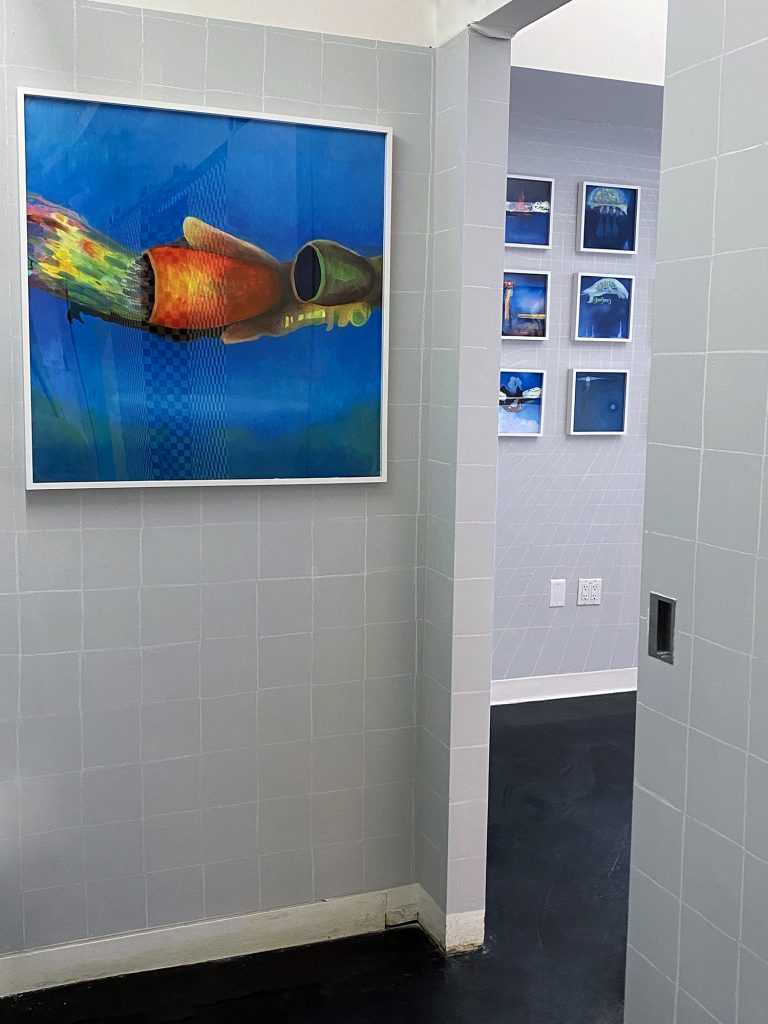For this week’s Looking Outwards, I wanted to talk about Vera Molnar, who is regarded as a pioneer of computer generative art and is one of the first women artists to use computers in her practice. Particularly, I was drawn to her piece “(Dés-)Ordres”. What caught my eye initially were the contrasting colors used in different parts of the image, pulling my eye around. This contrast between order and disorder amongst the different layered squares also creates the impression of movement as if the squares are vibrating against one another. Surprisingly, this image was generated with a computer, where Molnar changed the parameters of her algorithm to randomly disrupt the regularity of the concentric squares.
Molnar was born in Hungary in 1924 and studied art history and aesthetics at the Budapest College of Fine Arts. From as early as 1959, she began experimenting with the concept of algorithms or “machine imaginaire” where an image can be created by following a set of pre-ordained compositional rules. In 1968, she begin using computers and plotters to make her paintings and drawings, creating a variety of algorithms iterating simple geometric shapes and geometrical themes.
![[OLD SEMESTER] 15-104 • Introduction to Computing for Creative Practice](../../wp-content/uploads/2023/09/stop-banner.png)
